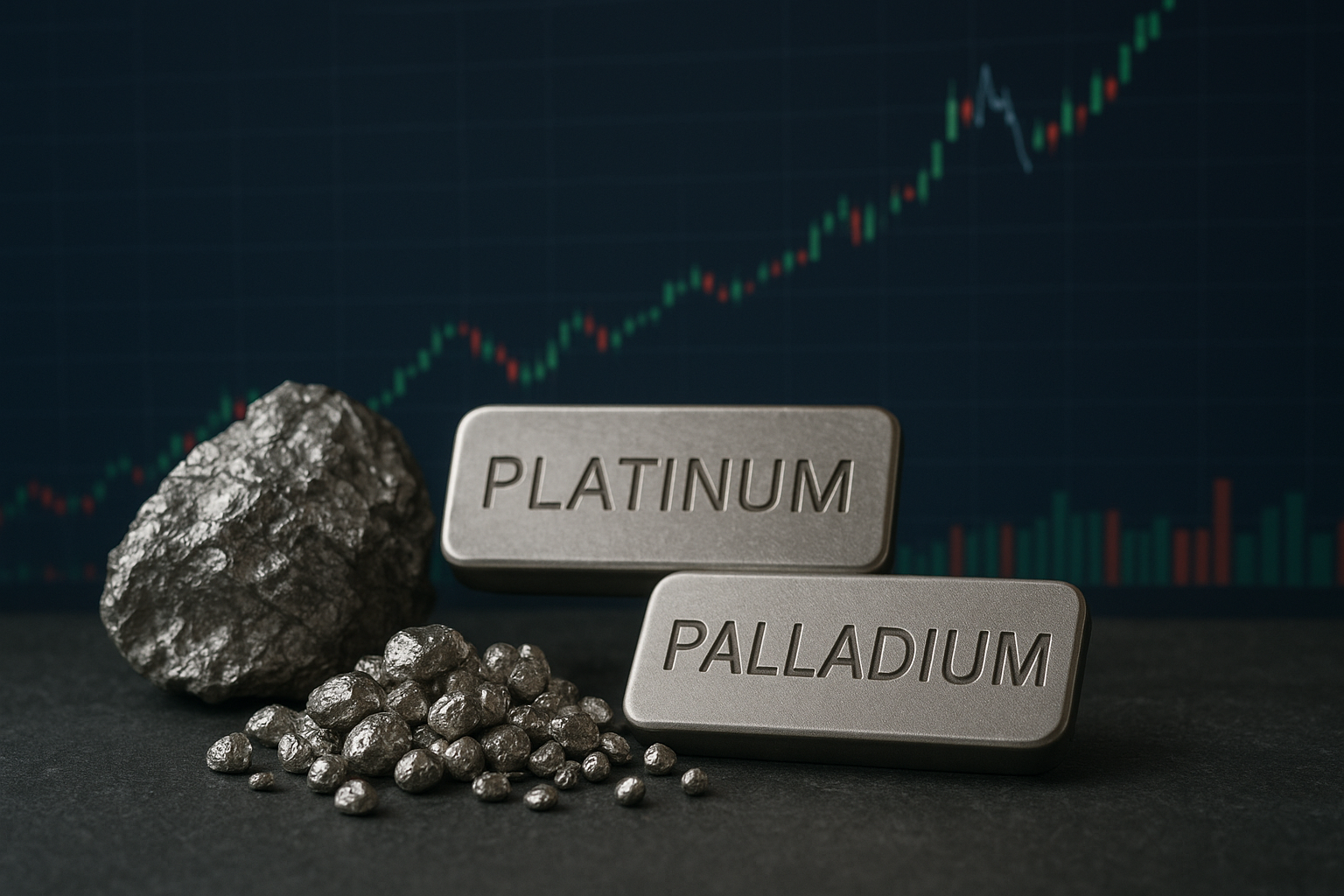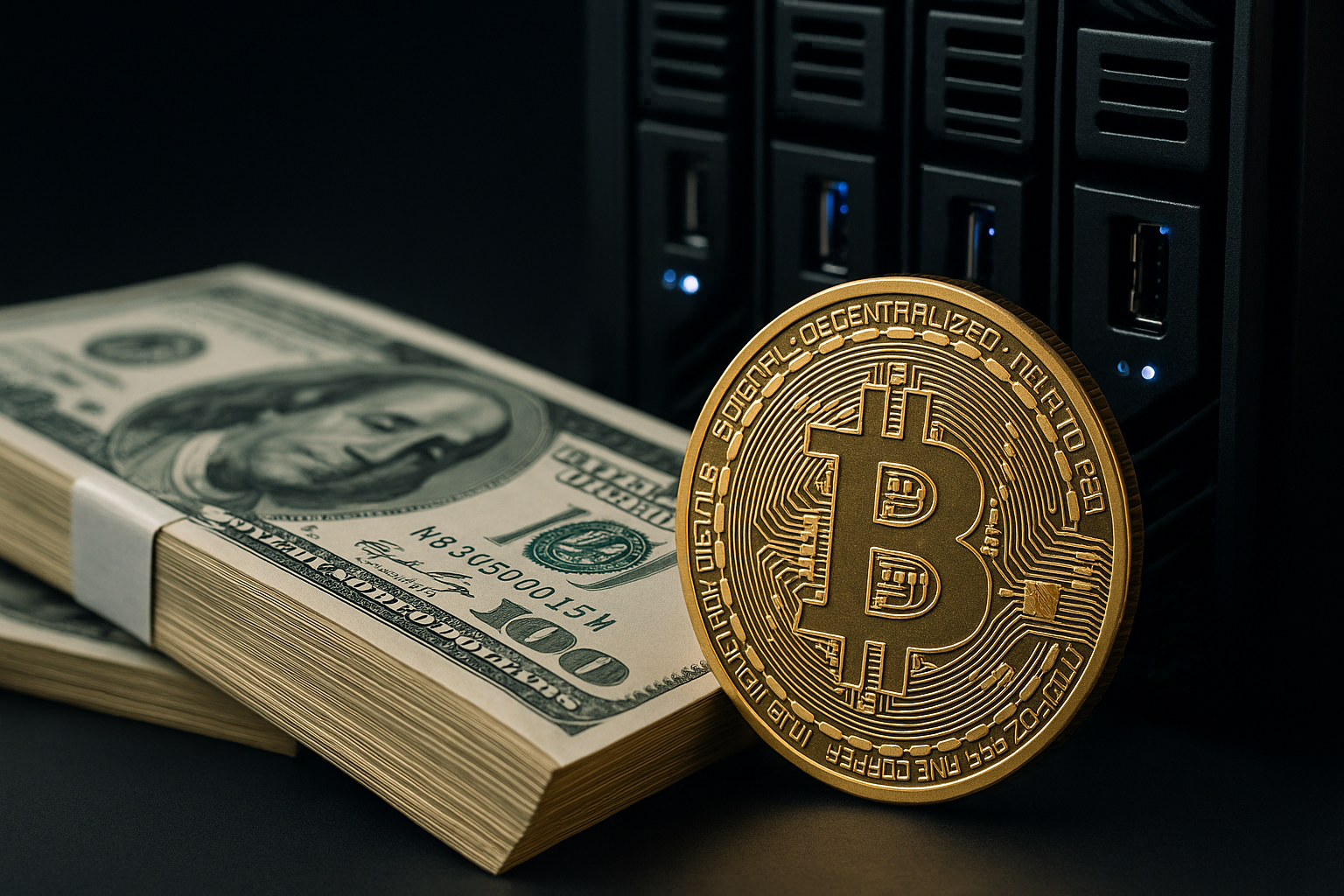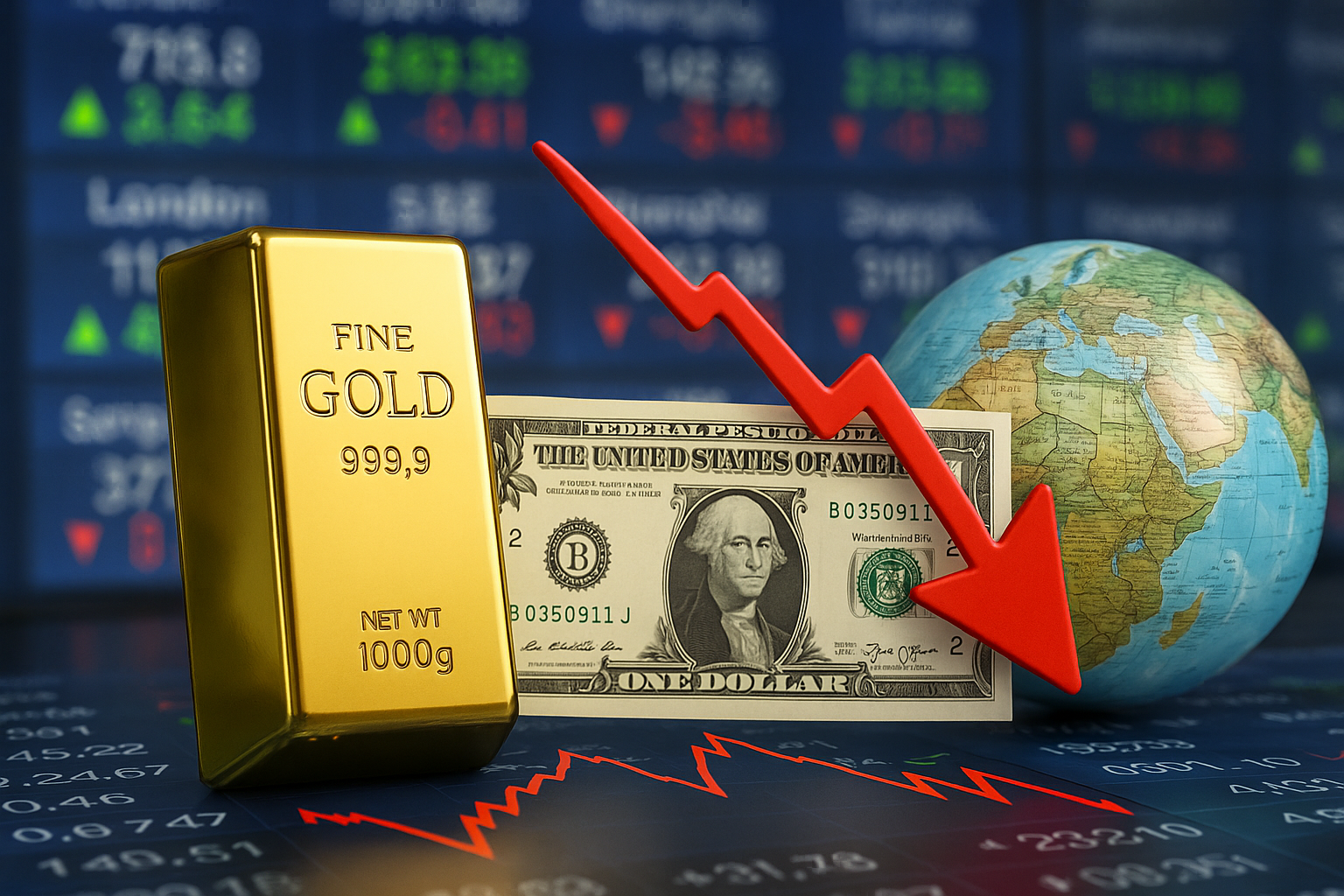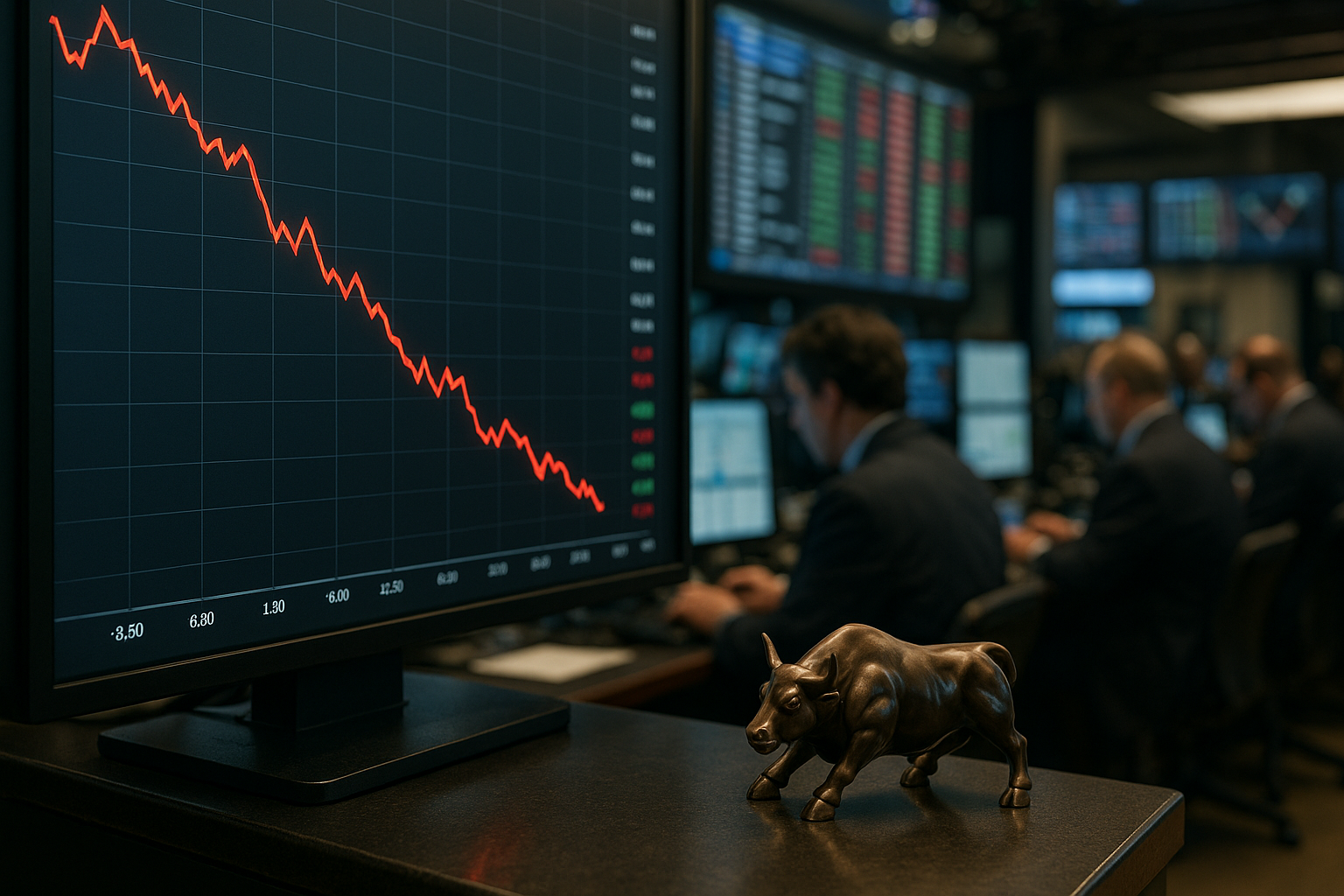Global metals markets are once again in the spotlight — but this time, it’s not gold or copper drawing investor attention. Platinum and palladium, two of the most critical components in the green-energy and automotive supply chains, are seeing renewed bullish momentum as analysts lift their 2026 price targets. According to Reuters (Oct. 27), forecasts for both metals have been revised sharply higher amid tightening supply dynamics, potential new trade tariffs, and investor diversification away from traditional safe havens.
Tight Supply Meets Strategic Demand
The latest upward revision is rooted in structural imbalances across global platinum-group metals (PGMs). South Africa and Russia — which together account for over 70% of global PGM output — face mounting production constraints. Ongoing power shortages in South Africa and geopolitical tensions tied to Russian exports have throttled supply growth, creating conditions for a potential price squeeze through 2026.
Meanwhile, industrial and clean-energy demand continues to expand. Platinum is increasingly used in hydrogen fuel cells, electrolysers, and emissions-control systems, while palladium remains critical for catalytic converters in hybrid vehicles. As global regulators push for cleaner transport and energy systems, demand from both sectors is expected to remain resilient.
“Platinum and palladium are entering a new structural bull phase,” one commodities analyst told Reuters. “This isn’t just a cyclical trade — it’s a strategic pivot tied to the decarbonisation era.”
Investor Rotation and Market Dynamics
A less obvious but equally important driver has been investor rotation. After two years of lacklustre performance in gold, institutional portfolios are shifting into alternative metallics with industrial upside. Analysts at The Motley Fool note that this rotation reflects a “return of risk appetite” in commodities aligned with future technologies, as opposed to static stores of value like gold.
U.S. policy risks could further amplify this trend. The possibility of import tariffs on strategic metals, aimed at securing domestic supply chains, has raised expectations of localized shortages and price volatility. Traders are positioning early, seeing PGMs as a hedge against both inflation and trade friction.
Why This Matters for Investors
For investors, the implications are significant. Rising forecasts often act as a catalyst for related equities and ETFs, and the PGM complex is no exception. Mining companies with strong platinum and palladium exposure — such as Anglo American Platinum, Impala Platinum, and Sibanye-Stillwater — could benefit from higher forward pricing and improved margins.
At the same time, the sector remains volatile. PGMs are notoriously sensitive to supply disruptions, labor strikes, and policy swings in producing nations. As Reuters highlights, while price forecasts for 2026 are up 15–20% from earlier estimates, the margin of error is unusually wide.
Future Trends to Watch
Beyond short-term trading, long-term demand drivers appear robust. The hydrogen economy’s global expansion, combined with continued emissions standards enforcement, suggests platinum could see a sustained multi-year uplift. Automotive substitution trends — with some automakers swapping expensive palladium for platinum in catalytic systems — could also support relative demand stability between the two metals.
However, technological substitution remains a risk. Advances in electric vehicle (EV) adoption, which eliminate catalytic converter demand entirely, may cap palladium’s upside later in the decade. Investors should monitor developments in hydrogen technology, EV battery innovation, and recycling supply chains — all potential inflection points for PGM valuations.
Key Investment Insight
For now, analysts agree the setup favors a disciplined but bullish positioning strategy. Exposure can be gained through diversified precious metals ETFs, PGM-focused funds, or direct equity in major miners. Given ongoing volatility, partial profit-taking on rallies and maintaining stop-loss strategies may help balance upside exposure with risk management.
In essence, 2026 may mark the beginning of a structural re-rating in platinum-group metals — a sector long overshadowed by gold and silver but now poised to play a central role in the industrial transition story.
Stay tuned with MoneyNews.Today for more market updates and actionable insights across global commodities, equities, and macroeconomic trends shaping tomorrow’s investment opportunities.





